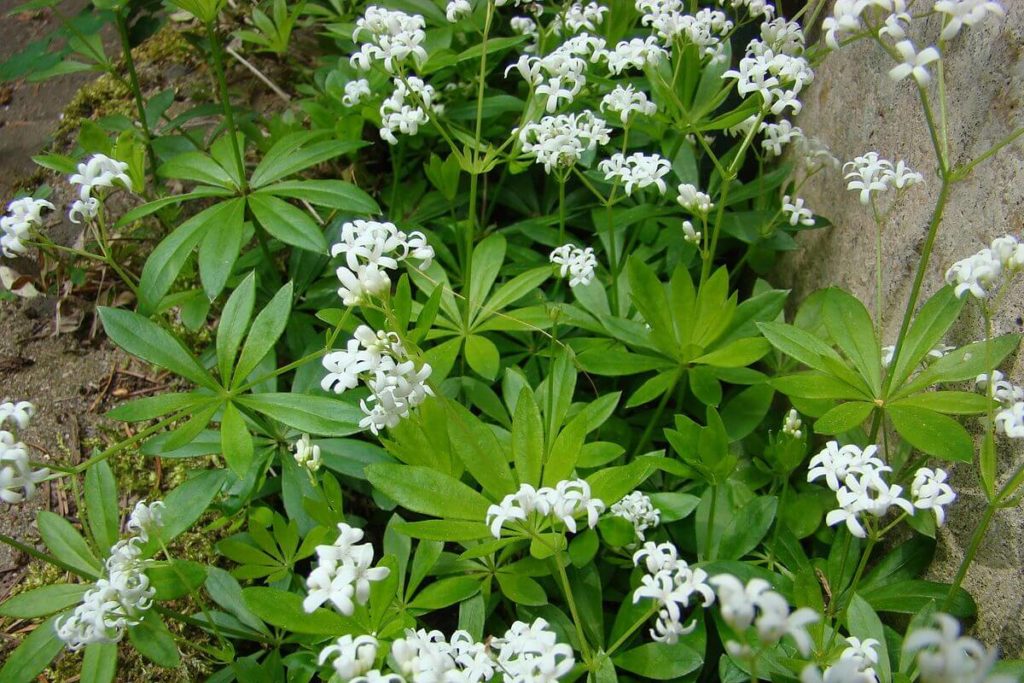

World War II grew the popularity of lawns more radically than any period in history. This mandated the 40 hour work week, allowing homeowners more time spent at home for leisure or tending to their lawns.

This regression was soon recovered by the Fair Labor Standards Act of 1938. Levittown, Pennsylvania: The second Levittown, completed in 1958ĭuring WW1, victory gardens ebbed the progress of lawns by monopolizing front yards with fruits and vegetables. This combination of technology, education, and publicity formed the first true boom of lawn culture in America. Pristine courses in the public eye exploded the lawn's popularity houses began to pop up along courses, and everyone wanted fairway-quality grass in their front yard. Especially influential was, to this day, the nation's longest continuously operated course, St. Another spike in popularity manifested itself in the construction of the first American golf courses. At the World's Fair held in Philadelphia in 1876, the USDA, a lawn care advocate, showcased grasses and maintenance techniques to educate the masses. The first lawn sprinkler, invented in 1871, was so efficient that cities were forced to conserve water during droughts, discouraging citizens from watering their lawns around the clock. This technology and education tandem set up a vivacious 19th century for the American lawn. In 1841, Andrew Jackson (AJ) Downing wrote the first American homeowner's lawn care guide, "Treatise on the Theory and Practice of Landscape Gardening". Initially expensive and cumbersome, Budding's invention would be dramatically improved over the next decade. In 1830, Edward Beard Budding invented the first lawn mower as an improvement over the scythe. Įarly technology began to break down the massive barrier of entry for common people to maintain their own lawns.

Thomas Jefferson in 1808 constructed his Monticello Estate with one of the first lawns in the new world serving as an icon for early American architecture and landscaping. Early Americans able to travel envied these landscapes. The ability to dedicate not only land but also labor away from crops and livestock was a strong symbol of status. Lawns originated in the early 1700s as an expensive and exclusively aristocratic landscape due to the crude maintenance technology, cattle and scythes, of the time.


 0 kommentar(er)
0 kommentar(er)
